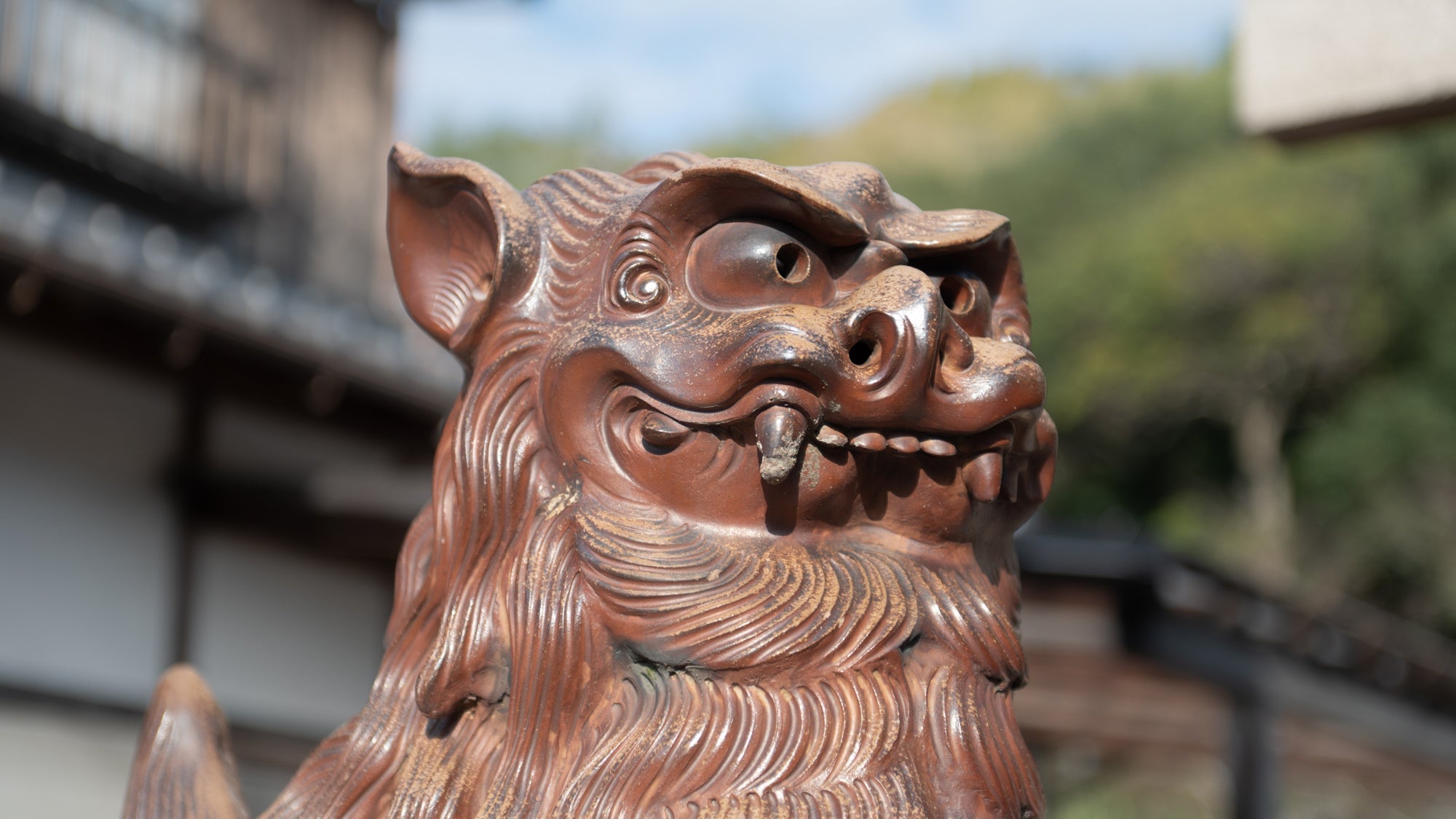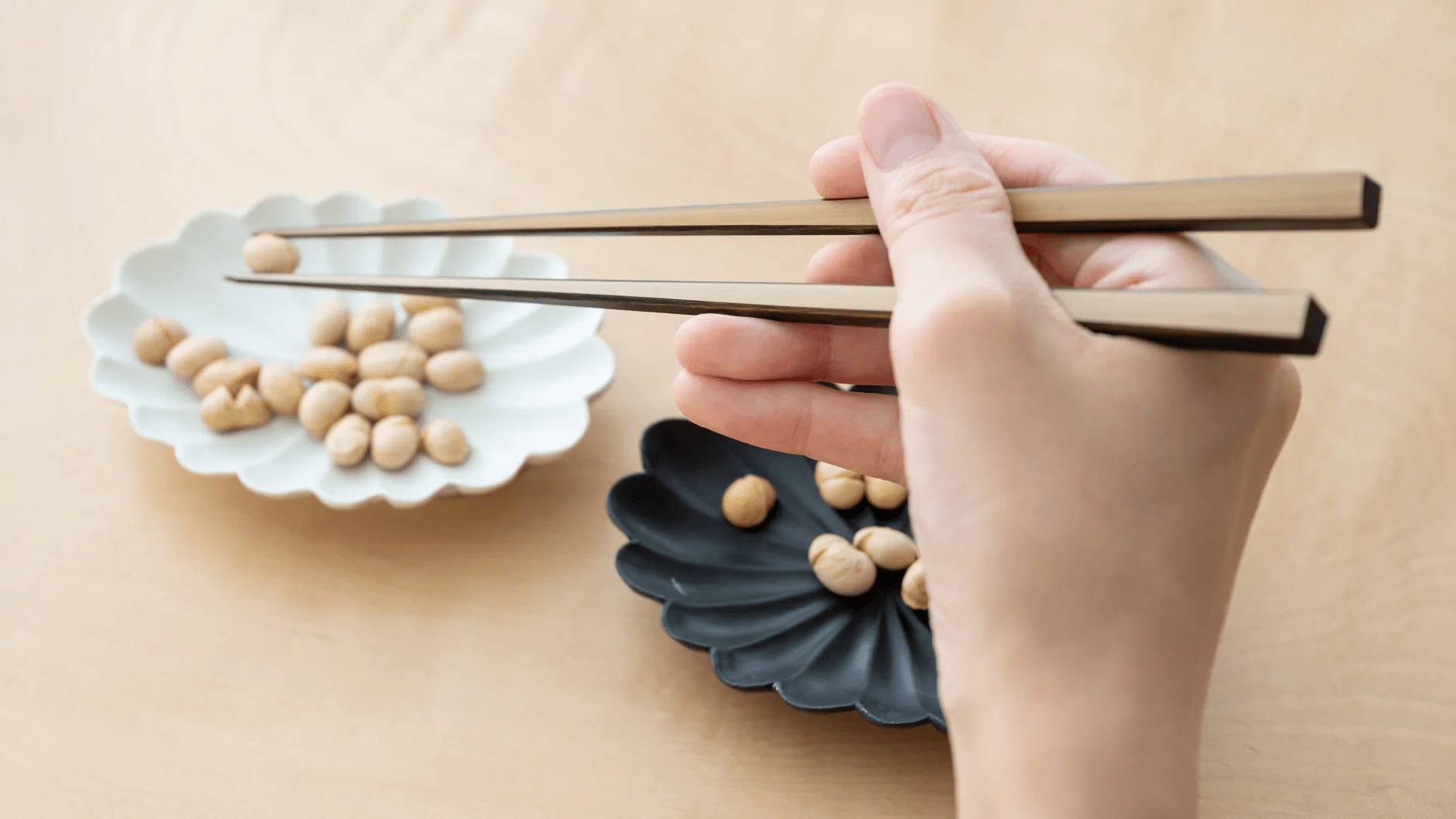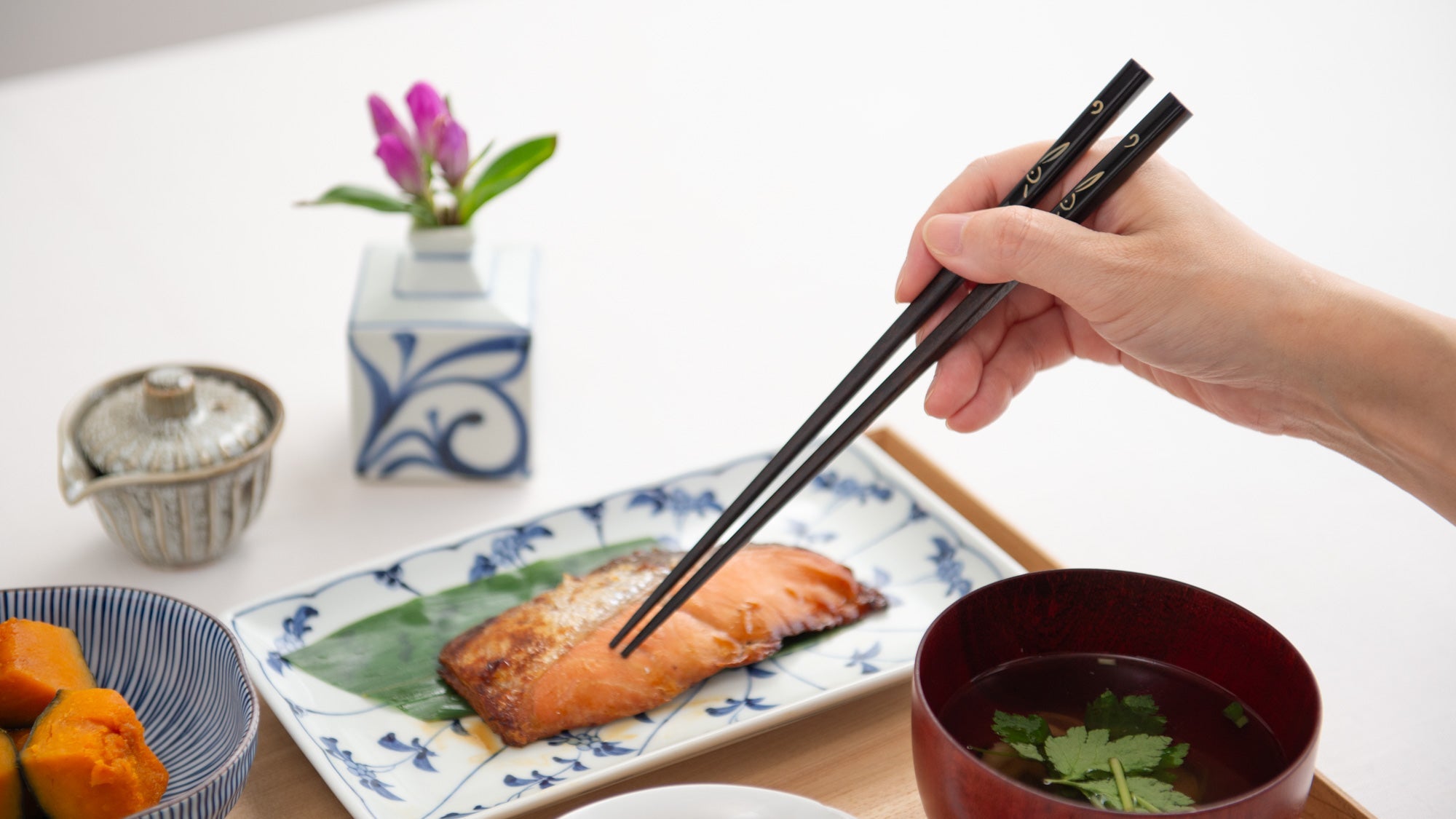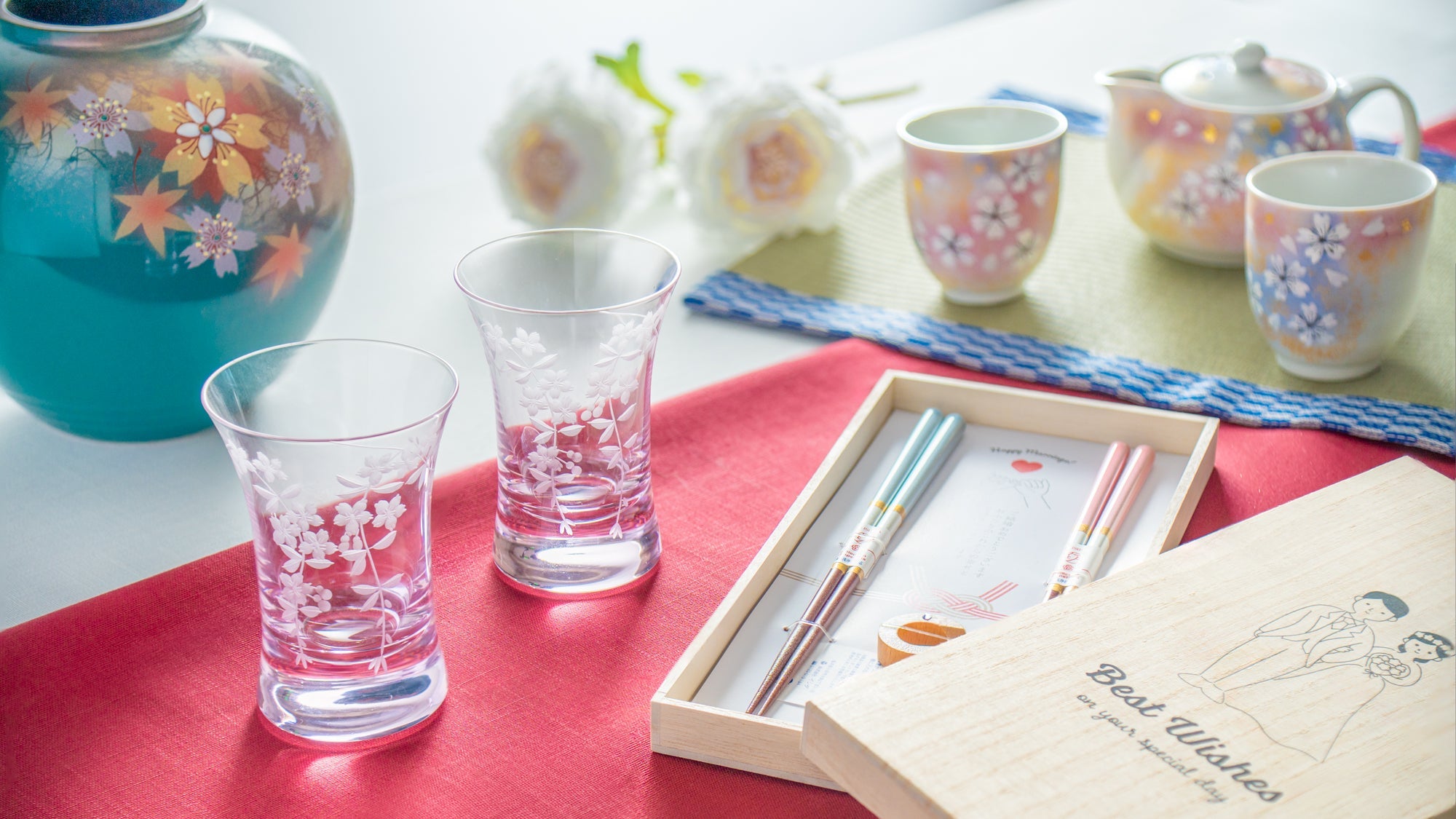
Discovering the Art of Bizen Ware: A Journey Through Hozan Kiln's Legacy
Written by Team MUSUBI
The day after the kiln opening, we revisited Mori Toshiaki at Hozan Kiln. Surrounded by a multitude of freshly fired ceramics, I asked if the previous day had stretched late into the night. Mori greeted us with a smile, "Not at all."
Inside the newly refurbished gallery of Hozan Kiln, Mori's exquisite pieces adorned every corner, sparking a conversation about the art of Bizen ware.
tables of contents
At Hozan Kiln Gallery

Mori shared the gallery's history, "This modern building was constructed around 1975, in the Showa 50s. It has undergone several renovations, with the most recent one being about three years ago, just before the pandemic."

When asked about the use of such an old shelf in everyday operations, Mori replied with a smile, "You'll understand once you visit places like the Kita-Ogama ruins. Old things are so common here that they don't seem rare to us." He also mentioned that visitors, especially those studying folklore from other prefectures, often express concern about the condition of these artifacts. "But for Bizen ware, with its long history, it's a typical story," he added. Mori, prioritizing practical use over preservation, explained, "This shelf needs to be used rather than just stored away." This approach reflects Mori's sensibility, where the new and old naturally blend throughout the gallery.
As a Successor of Bizen Ware - New Challenge

Interestingly, Mori didn't choose to study Bizen ware or pottery in college, but instead focused on cultural properties and museum curatorship. "I had the opportunity to learn about the situation of traditional Japanese crafts at that time. Being born into a family of kiln owners, I thought it would be better to study ways to benefit the pottery industry and how to showcase Bizen ware to wider audiences," he explained.

He mentioned that until then, there hadn't been many opportunities to exhibit Bizen ware overseas. "There were some prominent masters and avant-garde artists who received invitations to exhibit, but it wasn't common for others like us to go and present works in foreign countries."
When asked about the increase in international expansion, Mori said, "During my trip across America, there wasn't much focus on the overseas market, but now there's a growing interest. My Bizen ware colleagues who traveled with me at the time are also actively approaching international customers nowadays."

Through Mori's challenges and initiatives, the charm of Bizen ware has expanded beyond Japan to people all around the world.
The Charm of Bizen Ware

When asked about the allure of Bizen ware to him personally, Mori said, "The beauty lies in its creation alongside nature. We gather natural clay, prepare it by hand, and shape each piece before kiln-firing. Although we control the fire, not everything is within our power. This unpredictability and the uniqueness of each piece are what make it fascinating. Even when crafted similarly, the way ash flows and patterns form is always different. We're always delivering one-of-a-kind pieces to our customers."
Moreover, the clay used varies in composition among the Bizen ware kilns. "We use clay from an area spanning about 10 km (about 6.2 miles) east to west and 3 - 5 km (about 1.9 - 3.1 miles) north to south in Bizen city. The surrounding mountains, rich in clay, contribute to the unique soil layer that forms the clay for Bizen ware."
"Each kiln has its method for preparing the raw clay, which often contains stones and grass. For example, at my kiln, we dry the clay, crush it into powder, and then sift it to remove the stones."


Bizen Ware Trail

Lastly, Mori guided us around the Hozan Kiln area, rich in Bizen ware heritage. Though initially planned as just an interview, Mori offered a leisurely tour of local shrines and ancient kiln sites.
Amatsu Shrine


Hozan Kiln's ceramic plaque.
Exploring for ceramic representations of the twelve zodiac animals scattered around is a fun activity.
One of Amatsu Shrine's specialties is its votive plaques, made from Bizen ware. Interestingly, the previous head priest was a researcher of Bizen ware, and Mori sometimes references his books.
Statues of the Seven Lucky Gods were found at the back of the shrine grounds.

Kita-Ogama Ruins

Situated between Amatsu and Imbe Shrines, this ancient kiln site was known for making large water jars. The kilns were placed on the mountain slope to utilize the natural upward flow of flames, as chimney technology was not yet developed.
Imbe Shrine

Located above Amatsu Shrine, this shrine's talismans, usually attached to kilns when firing, were also gifted by Mori to international potters.
Tempo Kiln

Personal Shopping Time

I picked out some plates and a beer tumbler to take to the register. Then, Mori shared a tip with us: tilting the beer tumbler and pouring the beer slowly along the rim creates the perfect foam. "This tumbler is very popular with our customers, especially for craft beer lovers," he said. Such pleasant exchanges add a special connection to these items. We all know that behind these beautiful pieces await delicious meals and enjoyable moments.

If you ever visit Japan, we recommend exploring the birthplace of Bizen ware in Okayama. Witness where these beautiful stonewares are created, touch them, and experience their making. With these thoughts in our hearts, we bid farewell to Hozan Kiln gallery.








Leave a comment
This site is protected by hCaptcha and the hCaptcha Privacy Policy and Terms of Service apply.